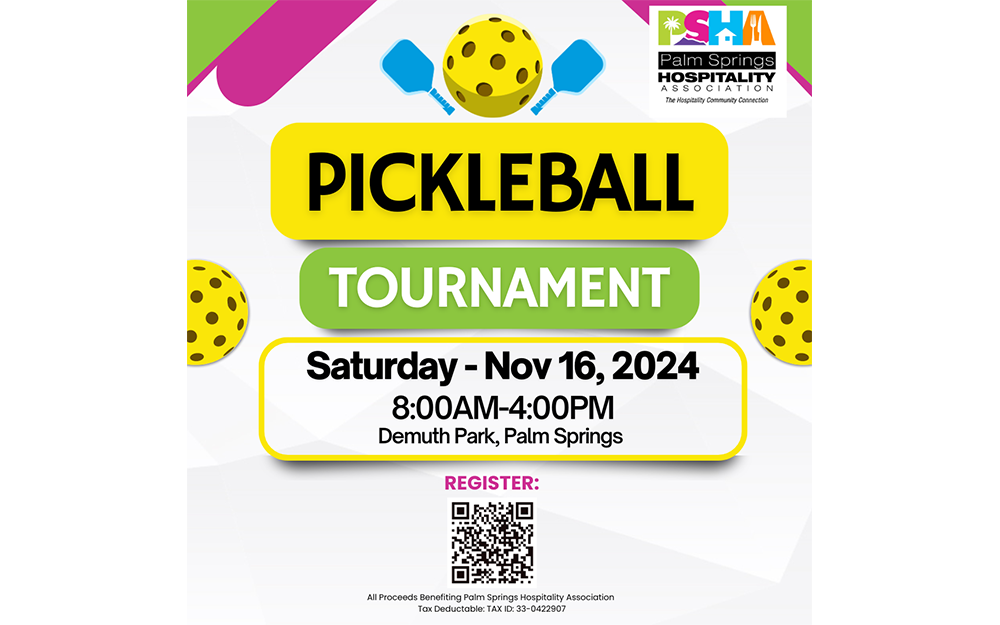
By Heidi Simmons
According to the California Highway Patrol, over 17,000 people are killed every year in alcohol-related traffic collisions. An estimated 30 percent of Americans will be involved in an alcohol-involved traffic accident in his or her lifetime, and one American life is lost every 22 minutes in an alcohol-related traffic collision.
It is illegal to drive with a Blood Alcohol Concentration (BAC) that is 0.08% or more. However, a BAC below .08% does not mean that it is safe or legal to drive. For some, one drink can be too much.
Law enforcement unequivocally states there is no safe way to drive while under the influence.
MARIJUANA DUI
While everyone knows that driving under the influence (DUI) of alcohol is not only dangerous it’s deadly, what about driving under the influence of marijuana?
With cannabis now legal for adult “recreational” use in the State of California, which began January 1, law enforcement continues to take measures to ensure safety and stop those driving under the influence whether it’s alcohol, drugs or marijuana.
“Anything that effects your central nervous system impairs your judgment, slows your reaction time,” said Mike Radford, California Highway Patrol Public Information Officer. “All these things are dangerous behind the wheel.”
California Vehicle Code 23152(e) makes it unlawful for a person who is under the influence of any drug to drive a motor vehicle.
“Our procedures pertaining to DUI is business as usual,” said Radford. “We are going to treat DUI as we did before, we always knew it was illegal to drive a car under the influence of marijuana. Even with marijuana legal in the State, that doesn’t mean it’s okay to drive.”
IMPAIRED DRIVING
Driving under the influence of marijuana is a crime.
Operating a motor vehicle while your mental abilities are impaired by marijuana, to the extent that you are unable to drive with the caution of a sober person using ordinary care is considered a DUI.
Identifying and proving DUI of marijuana is more challenging than DUI of alcohol.
“In preparation for marijuana legalization, all California Highway Patrol (CHP) officers were required to take an additional 24 hours of training,” said Radford. “It was something the state felt was necessary. Training focused on drug impairment. With every stop, we are paying attention to the signs and symptoms of being impaired.”
Where as blood alcohol content is considered a reliable test, it cannot determine marijuana use.
NO CONSENSUS
Currently, there is no expert consensus as to how much marijuana is sufficient to impair one’s ability to drive. Law enforcement can only use similar techniques they apply to alcohol.
“Often, when people are arrested for DUI alcohol, it is quite common for them to have marijuana in their system as well,” said Radford. “Arresting people for driving under the influence of marijuana is not a new thing.”
PENALTIES
Conviction for DUI of marijuana is the same as the California DUI penalties involving alcohol.
Whereas the effects of alcohol on humans has been well studied and documented, marijuana has not undergone rigorous analysis due to the fact that cannabis continues to be recognized by the Federal government as a Schedule 1 drug, making it illegal to adequately test or study.
Over the New Year celebration, Radford could not say if anyone in the Coachella Valley was arrested strictly for driving under the influence of marijuana.
“The CHP doesn’t have a test where people can blow into anything that will tell us the exact amount of marijuana a person has ingested,” said Radford. “It’s up to officers to look for certain signs such as speech, red-watery eyes, odor, responses to questions and the field sobriety test. Based on all those things together, the officer makes a decision if he believes a person is driving under the influence of marijuana.”
NANOGRAMS PER MILLILITER
After a driver is arrested for DUI, law enforcement requests a blood test to determine how many nanograms per milliliter of marijuana are in the blood. But that number is not definitive, measurement varies from county to county and determination is ultimately made by the District Attorney’s office.
CVW reached out to the Riverside District Attorney’s office requesting the nanograms per milliliter they use to prosecute marijuana DUI, but they did not reply.
“Testing is difficult because there are so many ways to ingest marijuana today,” said Radford. “It can vary by the strain, whether it’s an edible, if the person has been using a vape pen or smoked the actual plant.”
Whether medicinal or recreational, marijuana users must abide by the laws. If someone only uses cannabis at night for pain or recreationally on weekends, marijuana remains detectable in the body.
“It’s important to understand that marijuana and THC can be used in many ways. It’s not just about detecting the aroma of burned or un-burned marijuana anymore. We have to look more carefully at the signs and symptoms as opposed to just smell,” said Radford. “There is so much to pay attention to.”
TETRAHYDROCANNABINOL – THC
Marijuana affects people differently.
Generally, it is considered to take 3 to 6 hours to metabolize marijuana out of a person’s system after use. However, marijuana can stay in the blood for one to two days after a single consumption. For heavy users, it can take a full week to metabolize.
Marijuana’s psychoactive ingredient is tetrahydrocannabinol (THC). The cannabinoids are fat-soluble which means it travels from the blood to fatty tissues where it is stored for longer periods even up to a month.
Certain blood tests can detect small traces of THC. Testing for impairment uses nanograms per milliliter of THC metabolite in your system.
PRODUCT RUMORS
General Nutrition Center (GNC) and other companies are rumored to have products that make marijuana undetectable in the body. GNC employees are not allowed to comment or make recommendations regarding “beating drug tests” due to the company’s close affiliation with athletic sponsors.
A local GNC salesperson who wanted to remain anonymous, said that customers come in regularly asking for products that might help pass marijuana testing, but said it is only a rumor that such a product exists.
OUT OF STATE
The CHP wants people to know that marijuana cannot be transported from state to state even if it is legal in both states.
FEDERAL PARKS
“Its important for people to know that marijuana is illegal in Joshua Tree because it is federal land and federal laws apply even if marijuana is legal in California,” said Radford. “You’re not allowed to bring marijuana into the park or ingest it inside the park or for that matter, any Federal park.”
NOT IN THE CAR
Similar to illegally having an open alcohol container in a vehicle, no passengers or the driver can ingest marijuana while driving in a motor vehicle.
When driving, marijuana must be in a sealed container.
“Passengers can’t have marijuana unsealed — or ingest it — while in the car,” said Radford. “Anytime something is brand new, it may take a few years to make adjustments to the laws. At this point, the laws are well-written, but there is case law happening now that will come out regarding what they considered concealed – is that resealed, heat sealed. I can see that becoming an issue.”
It is legal to transport one ounce of the flower or eight grams of concentrate, such as oil or hash, and six plants.
DON’T USE AND DRIVE
“I think there are a lot of people who think it’s perfectly safe to drive under the influence of marijuana,” said Radford. “They think it calms them down and doesn’t effect them very much, that’s not true. Just because you’re a long-time user, and you feel it’s not impairing you, doesn’t mean it’s not. If you choose to use marijuana, don’t go out on the roads. It has major consequences.”
Officers have been briefed on the new laws and they are encouraged to seek out impaired drivers and arrest them. CHP’s jurisdiction is anywhere in California including Federal Parks.
“We do work within the cities, on the highways, anywhere in the state,” said Radford. “If you are under the influence of marijuana and you feel any effects at all, you should not be driving.”









































